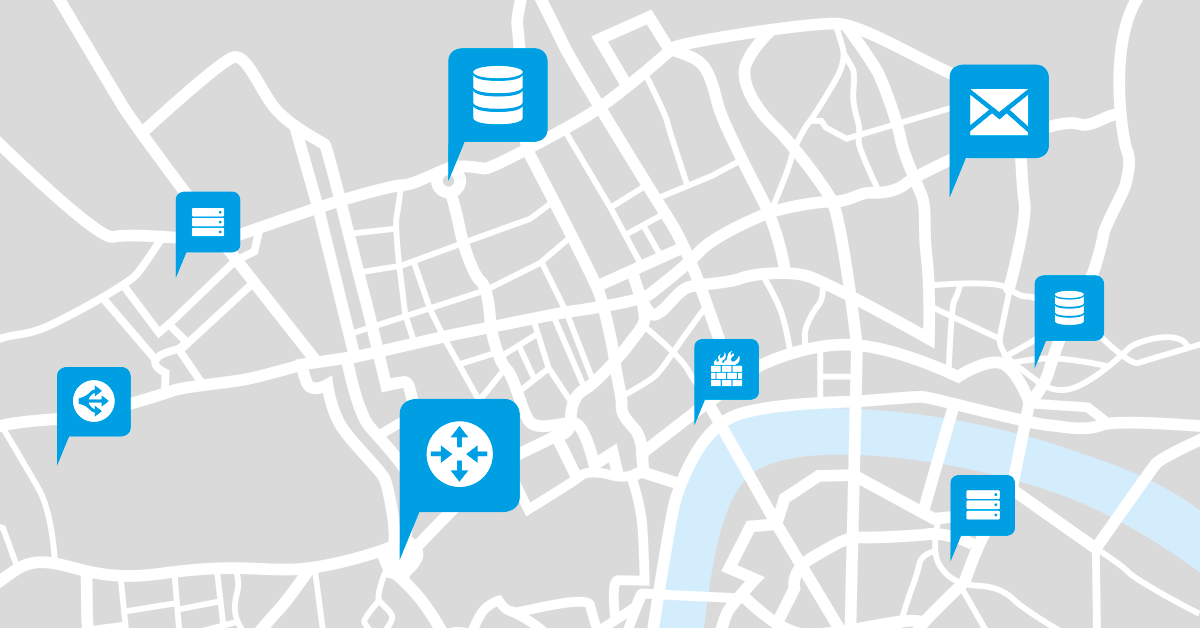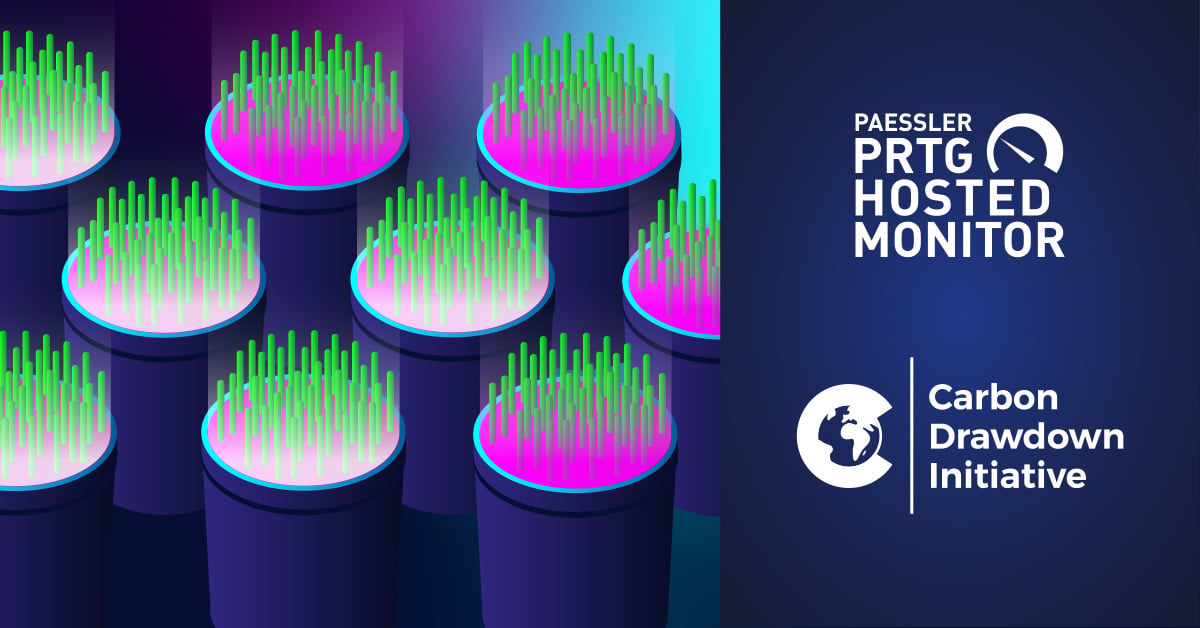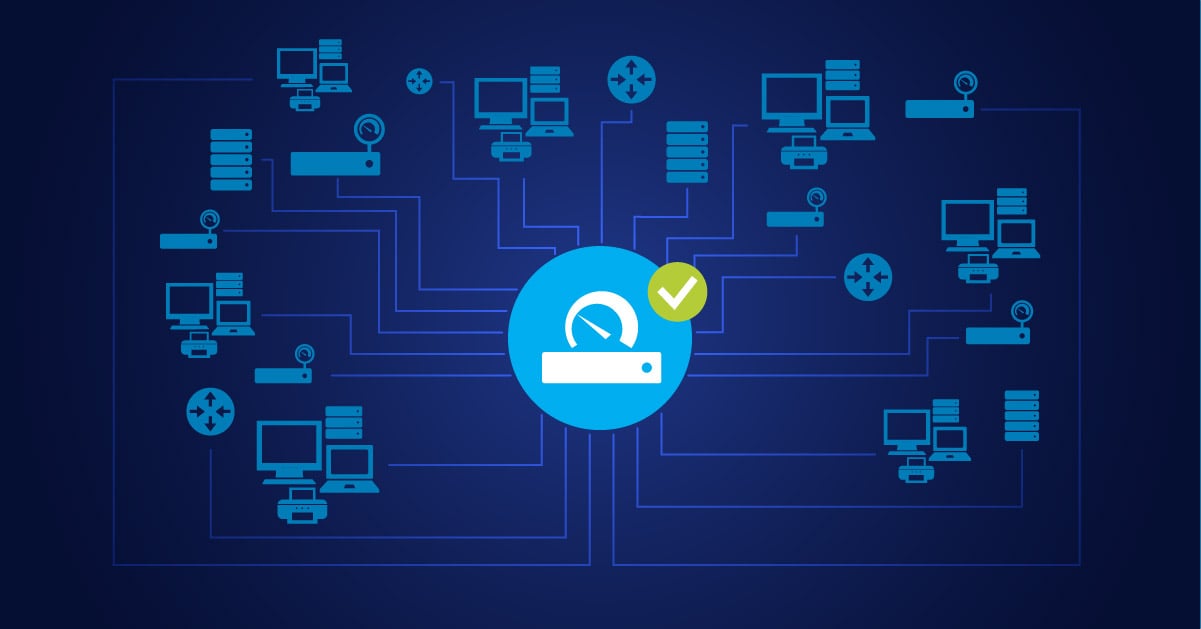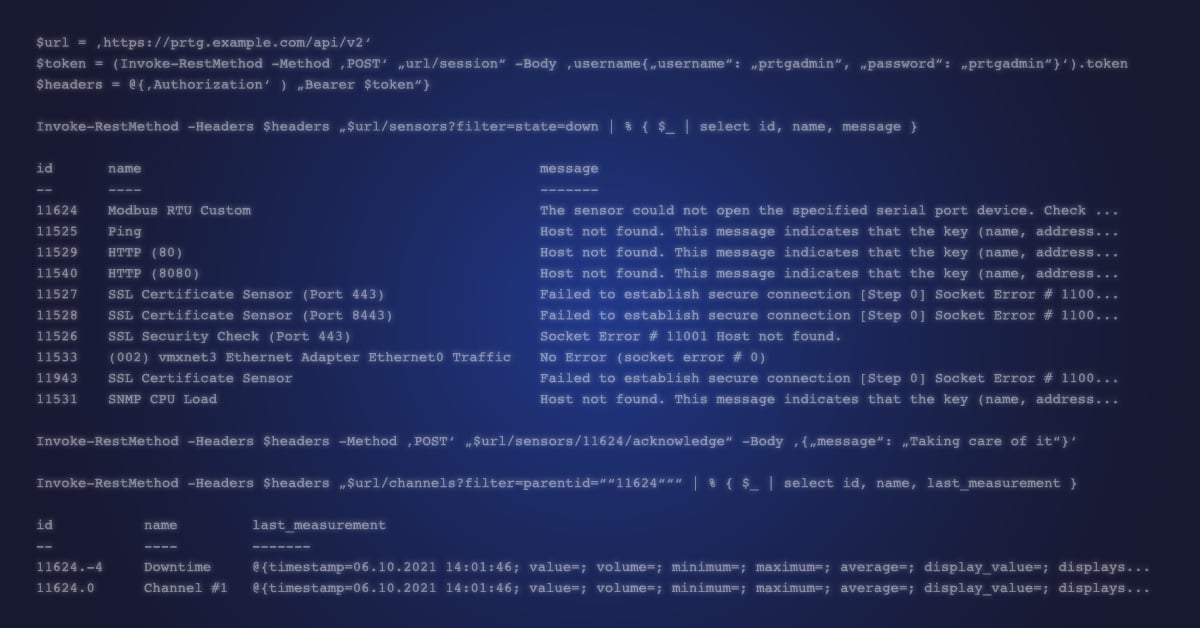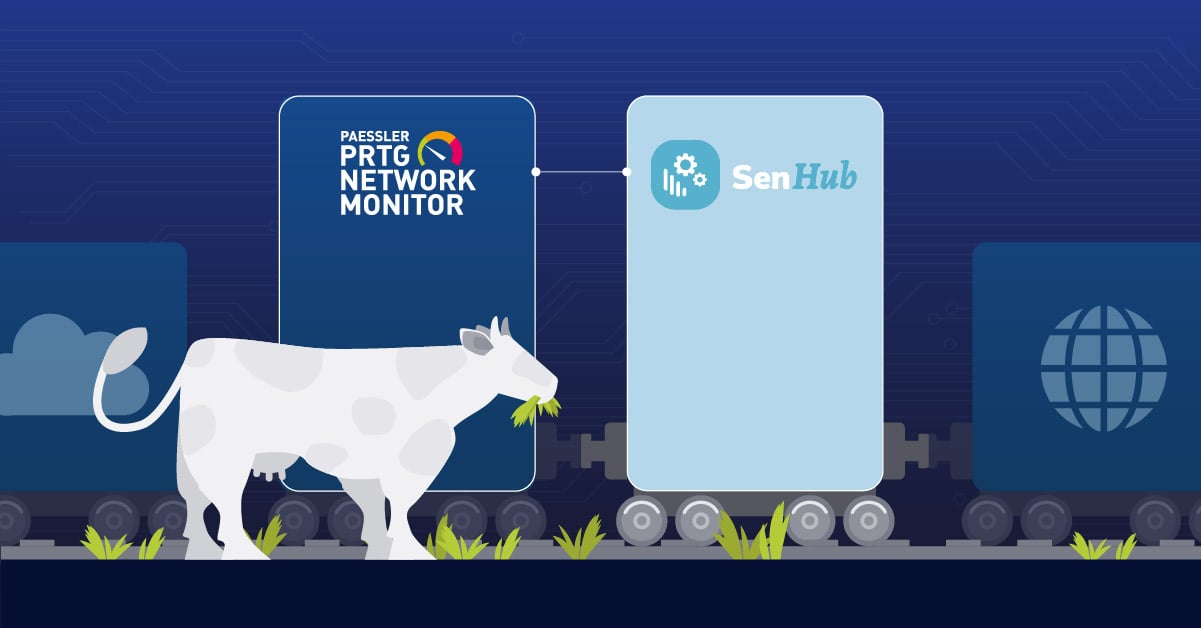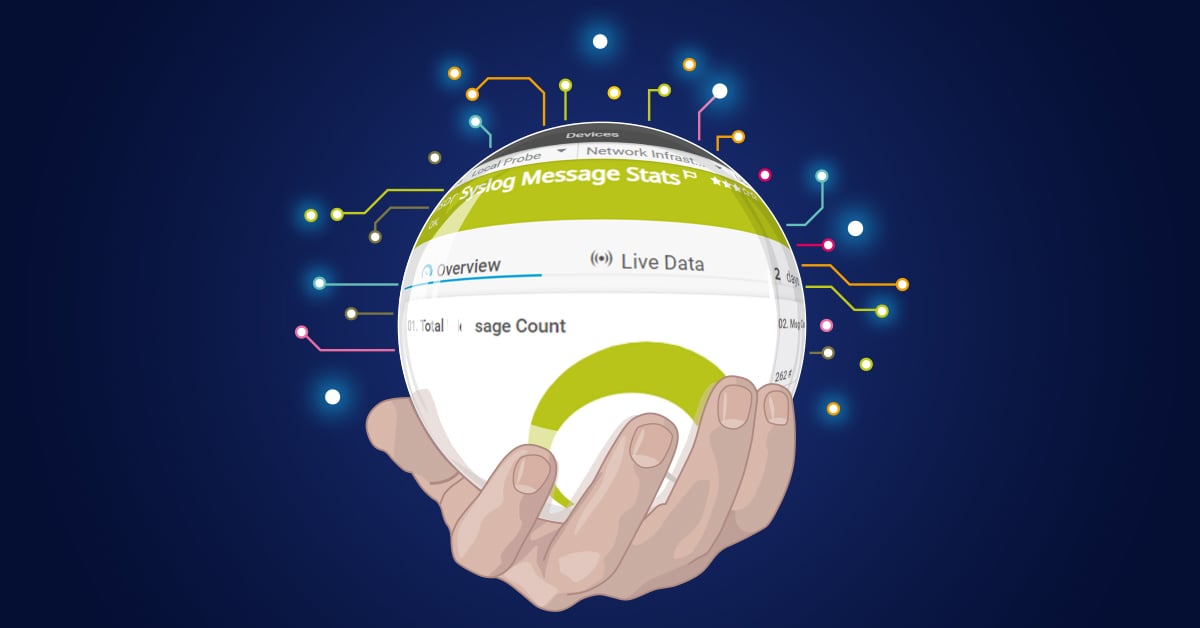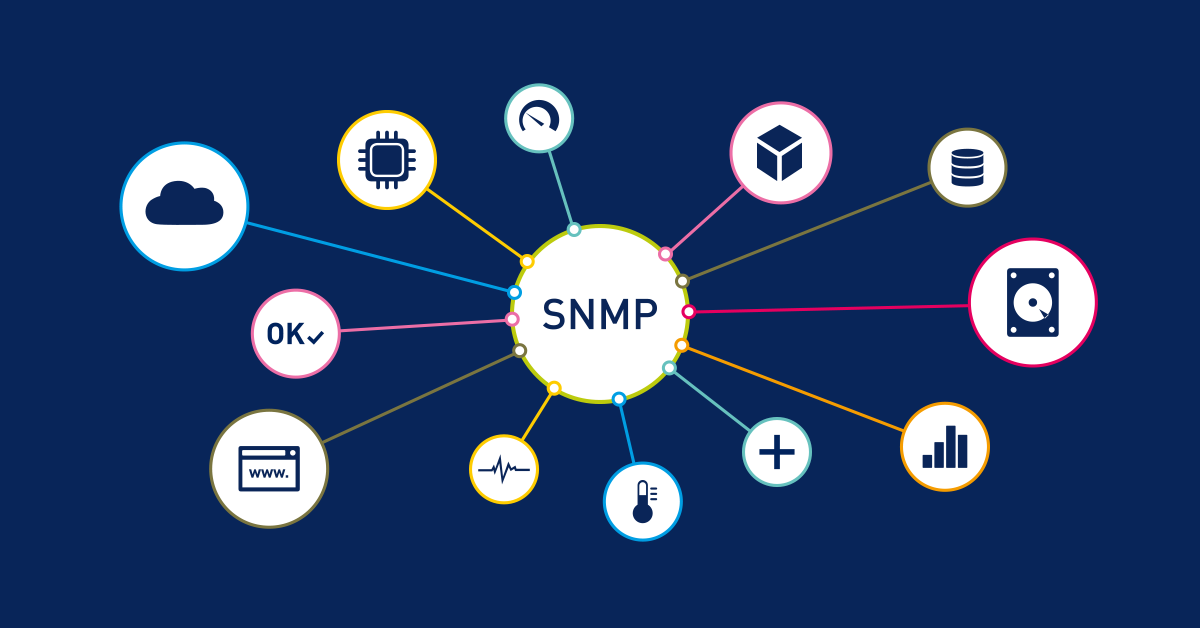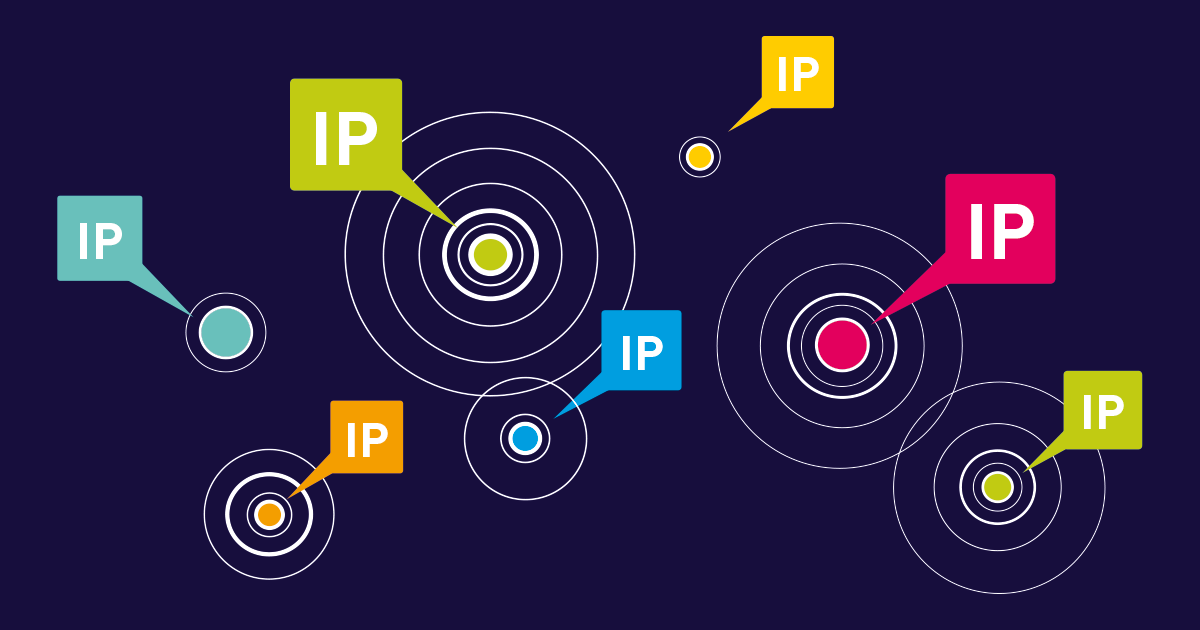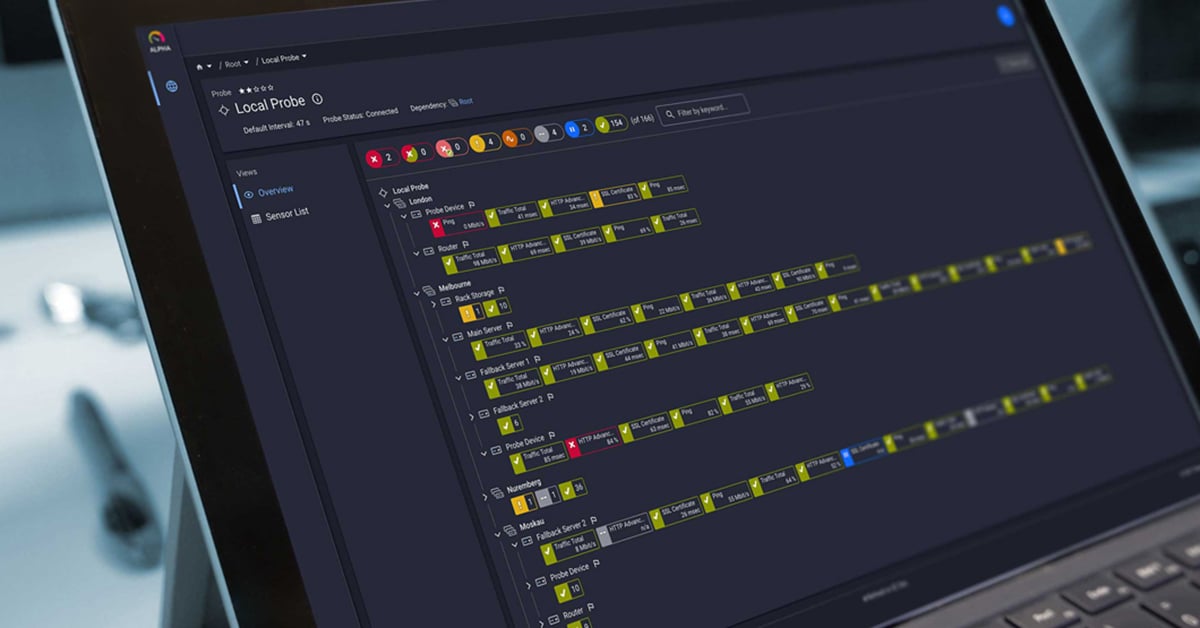Ask any IT professional about network documentation, and you'll get the same response: it's never as complete as you'd like it to be. Device changes happen daily, new deployments roll out constantly, and somehow there's always that one switch nobody remembers installing.
Network mapping software can help, but picking the wrong network mapping solution means you'll either spend weeks drawing network diagrams by hand or end up with auto-generated maps that miss half your network devices. Here's a breakdown of 9 different network mapping tools to see which ones actually deliver value for IT teams.
Manual Drawing vs. Automated Network Discovery
There are two ways to tackle network topology mapping, and both have their place in network management.
Network Diagramming Tools (Manual Approach)
Manual diagramming tools give you complete control over visual representation. You position icons, draw connections, and build exactly what you want. The downside? You're handling all the work manually. Every device change means updating your network diagrams by hand.
This approach works well for small, stable networks. But if you're managing anything beyond 50 network devices or dealing with regular changes, manual mapping becomes time-intensive and takes away from actual network management tasks.
Automated Network Discovery
Network discovery tools scan your entire network using ping, ARP, and SNMP to find network devices automatically. They query routers, switches, firewalls, and other nodes to gather IP address information and build topology maps without manual intervention. The limitation? They only find what they can reach and correctly identify.
Firewalls blocking ICMP? Those network devices won't appear. Device doesn't respond to SNMP queries? You'll have difficulty getting detailed information about VLANs or interface status. But when they work properly, automated network mapping tools save significant time and provide real-time network topology mapping capabilities.
Manual Network Diagramming Tools
Free Manual Options
1. Cade
- Cost: Free
- What it does: Traditional diagramming with extensive export options
- The reality: Interface uses older design principles, but it work for basic network diagram creation. Supports everything from AutoCAD to PDF exports for IT documentation.
- Best for: IT teams comfortable with legacy interfaces who need extensive export capabilities
- Skip if: Modern GUI is important to you or you need automated network discovery
2. Network Notepad
- Cost: Free (basic version)
- What it does: Lightweight network diagram creation
- The reality: Does exactly what it says with minimal resource usage on Windows systems. Perfect for quick network documentation when you need simple visual representation.
- Best for: Simple networks where you need fast network diagram creation
- Skip if: You need advanced mapping features or real-time updates
Paid Manual Tools
3. Edraw Network Diagram Manager
- Cost: ~$170
- What it does: Professional diagramming with Office-style interface (similar to Visio)
- The reality: If your IT teams work extensively with Microsoft Office, this interface will feel familiar. Produces high-quality network diagrams with solid export options for IT documentation.
- Best for: Organizations already invested in Office workflows needing professional network visualization
- Skip if: You want automated network mapping or don't need polished output
Automated Network Discovery Solutions
Free Automated Tools
4. JNetMap
- Cost: Free (open source)
- What it does: Java-based network discovery and topology mapping
- The reality: Lightweight tool for network scanning via ping and domain queries. Functions effectively for basic topology discovery tasks in smaller IT environments.
- Best for: Java-friendly environments wanting automated network mapping at no cost
- Skip if: You need SNMP discovery, CDP protocol support, or advanced network monitoring metrics
Entry-Level Paid Solutions
5. Lansweeper
- Cost: Free (up to 100 assets) / Paid tiers for larger deployments
- What it does: IT asset management with network mapping features
- The reality: Extends beyond network topology mapping with help desk and inventory features. Clean interface and solid functionality for comprehensive IT management tasks.
- Best for: IT teams wanting asset management plus network visualization in one solution
- Skip if: You only need network mapping (the additional features may be unnecessary)
6. Total Network Monitor
- Cost: $190 (one-time purchase)
- What it does: Asset monitoring with network mapping capabilities
- The reality: Straightforward network mapping tool that combines monitoring and topology discovery at a reasonable price point for IT infrastructure management.
- Best for: IT teams preferring one-time purchases over subscriptions
- Skip if: You need enterprise-scale features or extensive protocol support beyond basic SNMP
Professional Monitoring Solutions
7. PRTG Network Monitor
- Cost: Free (up to 100 sensors) / Paid licensing for larger deployments
- What it does: Network monitoring with integrated automated network mapping capabilities
- The reality: PRTG doesn't just create network topology maps—it monitors network performance simultaneously. The auto-discovery feature performs network scanning via ping, identifies device types through SNMP/WMI, then creates monitoring sensors automatically for new devices.
Key PRTG advantages:
- Interactive maps show real-time device status and network performance metrics
- Geographic mapping displays network devices on actual maps for multi-site visualization
- Drag-and-drop editor for custom network topology layouts
- Distributed monitoring across multiple locations to optimize network management
- Dashboards with bandwidth monitoring, uptime tracking, and network traffic analysis
- Integration with existing IT management workflows for troubleshooting network issues
Best for: IT teams wanting network topology mapping plus comprehensive network monitoring to prevent downtime and identify bottlenecks
Why it matters: Most network mapping tools show you what's there. PRTG shows you what's there AND how it's performing, helping optimize network performance and reduce troubleshooting time.
8. UVexplorer
- Cost: $45/month (standard) / $1,595 (PRTG-compatible version)
- What it does: Advanced network scanning with network oversight capabilities
- The reality: Solid automated network mapping with robust functionality for network discovery. The PRTG integration version creates possibilities for IT teams already using PRTG for network monitoring.
- Best for: Mid-sized networks needing automated network mapping with potential monitoring integration
- Skip if: Monthly costs don't fit your budget model
Enterprise Solutions
9. NetBrain
- Cost: $63/node + $12,500/concurrent user
- What it does: Advanced network intelligence platform for complex networks
- The reality: The premium option for network topology mapping in enterprise IT environments. Visualizes application flows, compares before/after network changes, provides deep analytics for network performance optimization.
- Best for: Large enterprises with complex networks, substantial budgets, and dedicated network engineering teams
- Skip if: You're not managing hundreds of network devices with dedicated IT infrastructure staff
Which Network Mapping Solution Actually Makes Sense?
Here's the breakdown based on what you're dealing with in your IT environment:
Small networks (under 100 devices):
- Manual network diagrams: Network Notepad for simplicity, Edraw for professional output
- Automated network discovery: PRTG's free version provides network topology mapping plus network monitoring
- Zero budget: JNetMap if you're comfortable with Java environments
Medium networks (100-500 devices):
- Professional diagramming: Edraw if you need presentation-quality network diagrams
- Automated with monitoring: PRTG becomes essential here—network topology mapping without real-time monitoring data provides limited operational value
- Pure discovery: UVexplorer if you don't need integrated network performance monitoring
Enterprise networks (500+ devices):
- Comprehensive intelligence: NetBrain for advanced network analysis and dependency mapping
- Practical monitoring: PRTG enterprise licensing for scalable network monitoring with topology mapping
- Hybrid approach: UVexplorer + PRTG integration for complex IT infrastructure
What Nobody Tells You About Implementation
Automated network discovery limitations:
- SNMP community strings must be configured correctly across all network devices
- Firewalls will block discovery traffic and network scanning attempts
- Some network devices provide inaccurate identification information (particularly lower-cost switches and WiFi access points)
- Discovery accuracy varies significantly between vendors and operating systems
- Subnets behind NAT may not be fully discoverable
Planning saves time:
- Document your SNMP communities and IP address ranges before starting
- Test network discovery on isolated network segments first
- Plan for endpoints and network devices that won't be discovered automatically
- Consider how often you need network topology updates for network management
Integration reality check: Many network mapping tools create static snapshots. You build network diagrams, export them, then manually update documentation when things change.
Tools like PRTG's maps feature that integrate with network monitoring systems provide ongoing intelligence instead of outdated documentation, helping IT teams with real-time troubleshooting and network performance optimization.
Network Mapping Software Feature Comparison Matrix
| Tool | Type | Cost | Auto- Discovery |
Export Formats |
Real-time Status |
Best Use Case |
|---|---|---|---|---|---|---|
| Cade | Manual | Free | No | DXF, EMF, JPG, PDF, XAML | No | Basic network diagrams |
| Network Notepad |
Manual | Free/Paid | No | JPG, BMP, WMF, PDF | No | Quick documen-tation |
| Edraw | Manual | $170 | No | Visio, PDF, SVG, PNG, Word, Excel | No | Office environments |
| JNetMap | Auto | Free | Yes | PNG (limited export options) | Yes | Java-friendly orgs |
| Lansweeper | Auto | Free (100 assets) / $2,628/year |
Yes | CSV, Excel (XLSX), XML | Yes | Asset management |
| Total Network Monitor |
Auto | $190 one-time |
Yes | PNG, JPG, BMP | Yes | Budget automation |
| PRTG | Auto | Free (100 sensors) / $1,649/year+ |
Yes | HTML, PDF, CSV, XML | Yes | Monitoring + mapping |
| UVexplorer | Auto | $1,795/year | Yes | Visio, PDF, SVG | Yes | Mid-tier automation |
| NetBrain | Auto | Custom pricing |
Yes | Visio, PDF, Word, PowerPoint, Xmap | Yes | Large enterprises |
The Bottom Line
Network topology mapping without network monitoring is documentation. Network mapping with monitoring is intelligence for IT management.
If you're just documenting a stable IT environment, manual tools work fine. But most network infrastructure changes constantly, and static network diagrams become outdated quickly, leading to troubleshooting delays and potential downtime.
PRTG's approach makes sense: discover your entire network, monitor what you find, and keep topology maps updated with real-time status and network performance metrics. The free version handles 100 sensors, which covers substantial networks when configured properly for network management.
For enterprise environments, the choice comes down to budget and requirements. NetBrain provides sophisticated analysis capabilities for complex networks, but PRTG delivers practical monitoring-integrated network mapping at reasonable cost.
Decision framework:
- Need professional network diagrams for presentations? → Edraw
- Want free automated network discovery? → JNetMap
- Managing networks that change frequently? → PRTG for network monitoring + topology mapping integration
- Enterprise with complex requirements? → NetBrain
- Just need basic network documentation? → Network Notepad
The best network mapping solution is the one that stays current. Choose tools that fit your update workflow, not just your initial mapping needs.
Network infrastructure changes daily. Your network mapping tool should keep up automatically with real-time updates, or you'll spend more time updating documentation than managing the actual network and optimizing network performance for your IT teams.
Ready to see how automated network mapping works in practice? Download PRTG's free trial and discover your entire network in minutes. The free version monitors up to 100 sensors—enough to map and monitor substantial network infrastructure while providing real-time status updates that keep your documentation current automatically.
 Published by
Published by 